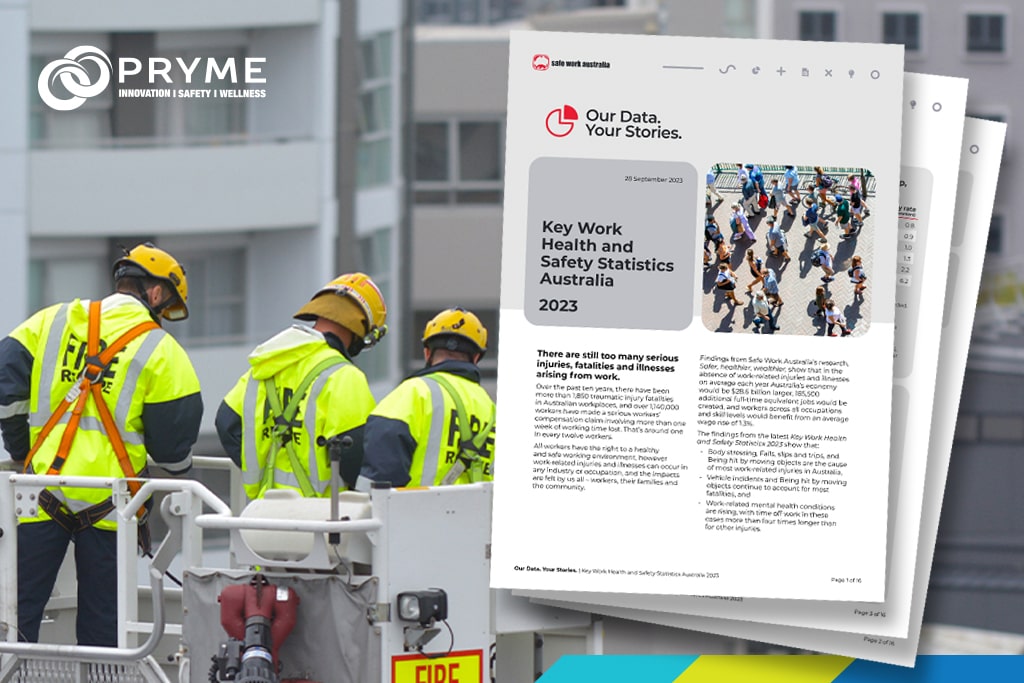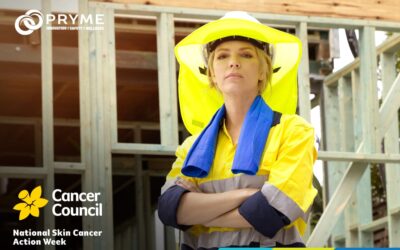
A Closer Look at Workplace Safety
Workplace safety is a critical concern for individuals, families, and communities in Australia. Safe Work Australia has released its Key Work Health and Safety Statistics for 2023, shedding light on the current state of workplace safety in the country. While progress has been made over the past decade, there are still challenges to address to create a safer and more prosperous working environment in Australia.
Traumatic Injury Fatalities
Over the last ten years, Australia has seen more than 1,850 traumatic injury fatalities in workplaces, impacting families and communities across the nation. This statistic underscores the urgency of workplace safety. It’s a shared responsibility among employers, employees, and regulatory bodies to ensure that workplaces are safe and free from hazards that can lead to fatalities. In 2022, there were 195 worker fatalities resulting from traumatic injuries incurred during work-related activities. While the overall trend in fatalities has been on a decline since 2007, recent years have seen a relatively stable rate.
Economic Impact
The economic consequences of work-related injuries and illnesses are significant. According to Safe Work Australia’s research, the absence of work-related injuries and illnesses could boost Australia’s economy by $28.6 billion annually. This gain would translate into 185,500 additional full-time equivalent jobs and an average wage rise of 1.3% for workers across all occupations and skill levels. Workplace safety is not just a moral obligation; it’s an economic imperative.
Causes of Work-Related Injuries
Dropped objects have emerged as a significant concern in workplace safety, accounting for approximately 9% of fatal injuries in various industries. These incidents often involve tools, equipment, or materials that become dislodged or fall from heights, posing a grave risk to workers and bystanders below. The consequences of such accidents can be devastating, leading to severe injuries or even fatalities. Preventing dropped object incidents requires rigorous safety measures, including the use of proper securing techniques, safety nets, and equipment inspections. Heightened awareness and proactive safety protocols are essential to mitigate the risk associated with dropped objects and ensure a safer working environment for all. The report also identifies body stressing, falls, slips, and trips, as well as being hit by moving objects as the leading causes of work-related injuries in Australia. To reduce these injuries, employers must invest in proper training, equipment, and safety protocols. Employees, on the other hand, should actively participate in safety initiatives and report hazards promptly.
Fatalities by Demographics
The report highlights significant demographic disparities in work-related fatalities. Men are disproportionately affected, accounting for 93% of worker fatalities in 2022. Workers aged 65 and over have the highest fatality rate, underscoring the need for tailored safety measures for older employees. Younger workers aged under 25 have the lowest fatality rate, but they still need effective safety training and protection.
Regional Variations
Work-related fatalities are not evenly distributed across states and territories. In 2022, New South Wales recorded the highest number of fatalities, followed by Queensland. Western Australia recorded the highest fatality rate, emphasising the importance of region-specific safety strategies and regulations.
Mechanisms of Incidents
Vehicle incidents and being hit by moving objects accounted for more than half of all worker fatalities in 2022-2023. This highlights the need for improved safety measures in industries involving vehicles and moving objects. Employers must enforce strict safety protocols and provide adequate training to minimise these risks.
Occupation & Industry
Certain occupations and industries are more prone to work-related injuries and fatalities. Machinery operators and drivers had the highest fatality rate, followed by labourers. In terms of industries, transport, postal, and warehousing; agriculture, forestry, and fishing; and construction reported the highest number of fatalities. These statistics emphasise the importance of targeted safety initiatives in high-risk sectors.
Mental Health Conditions
Work-related mental health conditions are on the rise, with time off work in these cases being more than four times longer than for other injuries. Employers need to prioritise mental health support, create a stigma-free workplace, and implement stress-reduction strategies to address this growing concern.
Safe Work Australia’s Key Work Health and Safety Statistics for 2023 serve as a vital reminder of the ongoing challenges in ensuring workplace safety. While progress has been made, there is much work to be done. Employers, employees, and policymakers must collaborate to create safer workplaces, reduce fatalities and injuries, and support the mental health and well-being of all workers. Workplace safety is not just a legal requirement; it is a fundamental human right that has far-reaching economic and societal implications.
For a comprehensive look at the key work health and safety statistics we highly recommend exploring the full report provided by Safe Work Australia. This report delves deeper into the trends, demographics, and critical insights regarding work-related injuries, fatalities, and illnesses, shedding light on the challenges and opportunities in ensuring a safer and healthier working environment for all Australians.
To access the complete report and gain a more in-depth understanding of the data, please visit Safe Work Australia’s official website or visit https://data.safeworkaustralia.gov.au/insights/key-whs-stats-2023. Your awareness and engagement are crucial steps towards improving workplace safety and well-being for everyone.
RELATED: Proud Sponsor of Mates in Construction
Categories
Recent Posts
Brands
- Ergodyne
- Sqwincher
Sqwincher is an electrolyte enhanced beverage for effective hydration and is the recognised leader in providing hydration solutions to hot workplaces, to help reduce heat related illness and accidents. Keep your workers safe and productive with Sqwincher hydration that works.
- Maxiblock Sunscreen






